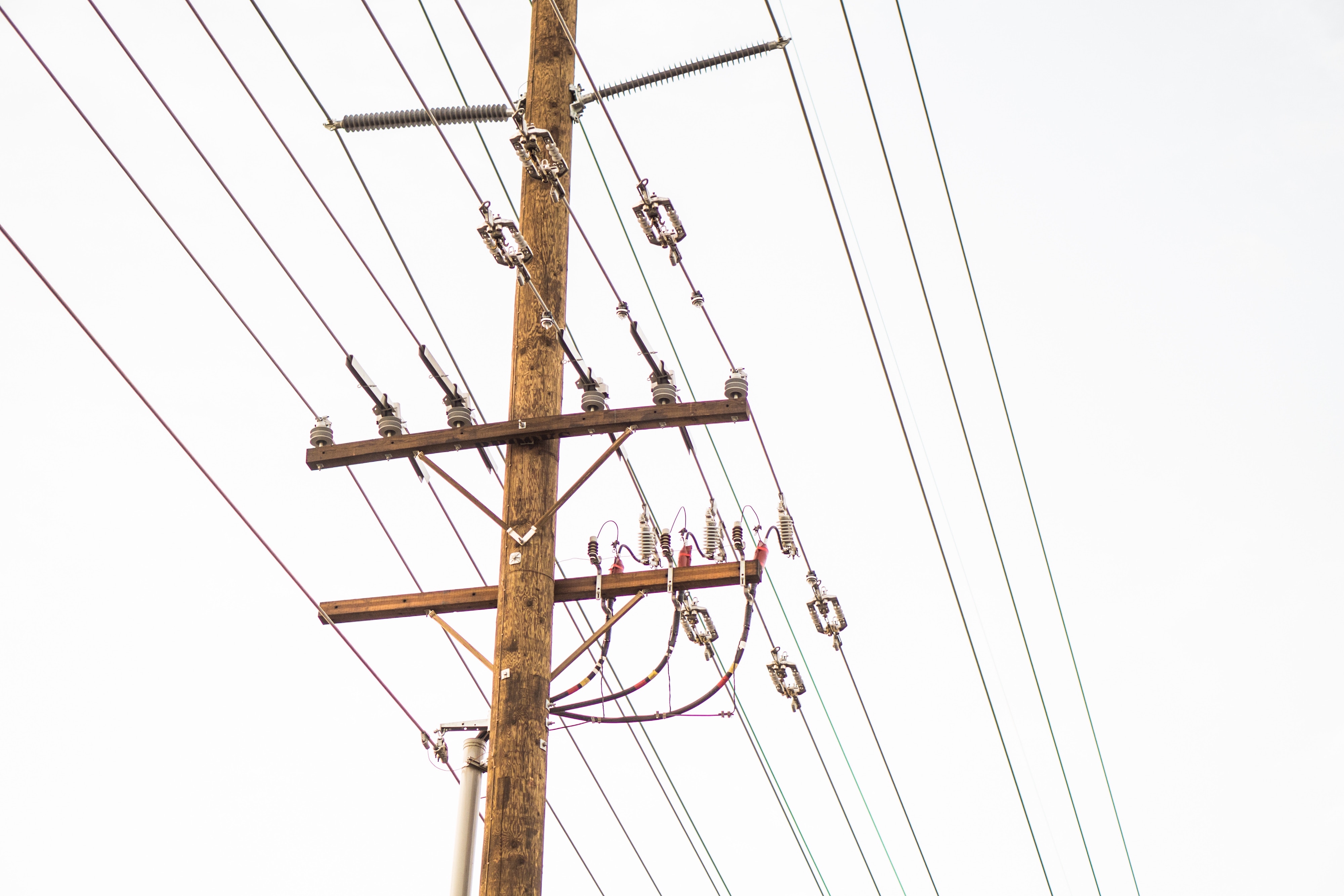Energy Efficiency Measures Contributing to Flat Demand for Power
Greater energy efficiency, along with outsourced heavy industry and customers generating their own power, have created flat demand for utility power for 10 years. Stagnant demand is likely for the foreseeable future. That’s good news for consumers and efforts to reduce greenhouse gas emissions. But utilities are having a tough time adjusting to this new business environment, as electricity demand had risen steadily for about a century.
There have been recent requests from utilities to bail out large coal and nuclear plants. It also has been tough for long-term planning. For instance, the Tennessee Valley Authority has found its 20-year forecasts obsolete almost as soon as they are released.
Some utility executives are nervous about what the future holds for their organizations. Utilities may need to make money through services rather than on investment returns on new generating capacity. Nevertheless, as a Vox article points out, more stringent energy codes and better efficiency technology produce multiple benefits for the country. Declining demand saves money, reduces pollution, and avoids the need for additional capital expenditures for expensive infrastructure.
OSHA Delays Enforcement of Beryllium Exposure Rule
The Occupational Safety and Health Administration (OSHA) voted to delay new beryllium exposure rules until May 11. The rule had been scheduled to go into effect March 12. The delay will allow extra time for employers to comply with the rule prior to enforcement and to ensure uniform enforcement.
The rule had been finalized in January 2017. OSHA faces lawsuits from manufacturers and interest groups over the rule.
OSHA has reduced the standard for exposure to beryllium dust from 2.0 micrograms per cubic meter of air over an eight-hour period to 0.2 micrograms per cubic meter. Beryllium is considered a carcinogen. The new rule requires protective measures and equipment, and changing rooms and showers for employees. OSHA included the construction and shipyard industries in the final rule after they were excluded from the initial proposal in 2015.
HERS Index Could be More Effective Than Energy Codes to Construct Homes
The HERS Index, a home energy inspection and rating method, is a more effective tool to construct energy efficient homes than energy codes, according to an official with the National Resources Defense Council. Most building energy codes and efficiency incentives have focused on promoting one or several efficiency technologies in an inflexible package, he says.
Codes specify amounts of insulation in the floor, walls, and roofs; prescribe heating and cooling efficiency and allowable air leakage. This approach does not give credit for energy savings from comprehensive or holistic design strategies. For example, one specified criteria could be very expensive for a particular house, while another less costly technology could save even more energy. The HERS Index, by evaluating the energy efficiency of the structure as a whole, would be a more cost effective way to promote construction of efficient homes, the official says.
In Mass., Flood Damage from Recent Storms Prompt Calls for Tearing Down Vulnerable Coastal Homes
Recent storms have caused significant damage to homes along the Massachusetts coast, and climate experts say the Bay State can expect more of the same. Some are calling for a retreat from the shoreline, as vulnerable coastal properties are subject to frequent damage.
One proposal in the state legislature would pay property owners to vacate their homes so that the structures could be torn down. The bill has passed the State Senate five times but has yet to gain approval in the House.
Controversy Ignites About Whether Californians Should Rebuild in Fire Hazard Areas
As homeowners in fire-prone areas of California prepare to rebuild damaged homes, a controversy rages. Some are questioning the wisdom of constructing new homes in areas prone to further wildfire destruction and whether taxpayers and insurance ratepayers should help subsidize reconstruction.
In addition, local officials have been issuing permits to rebuild without updating building codes, and have been exempting residents from zoning rules so they can build bigger homes. This provides a short-term economic boost, but is a risky strategy in the long run, critics say.













